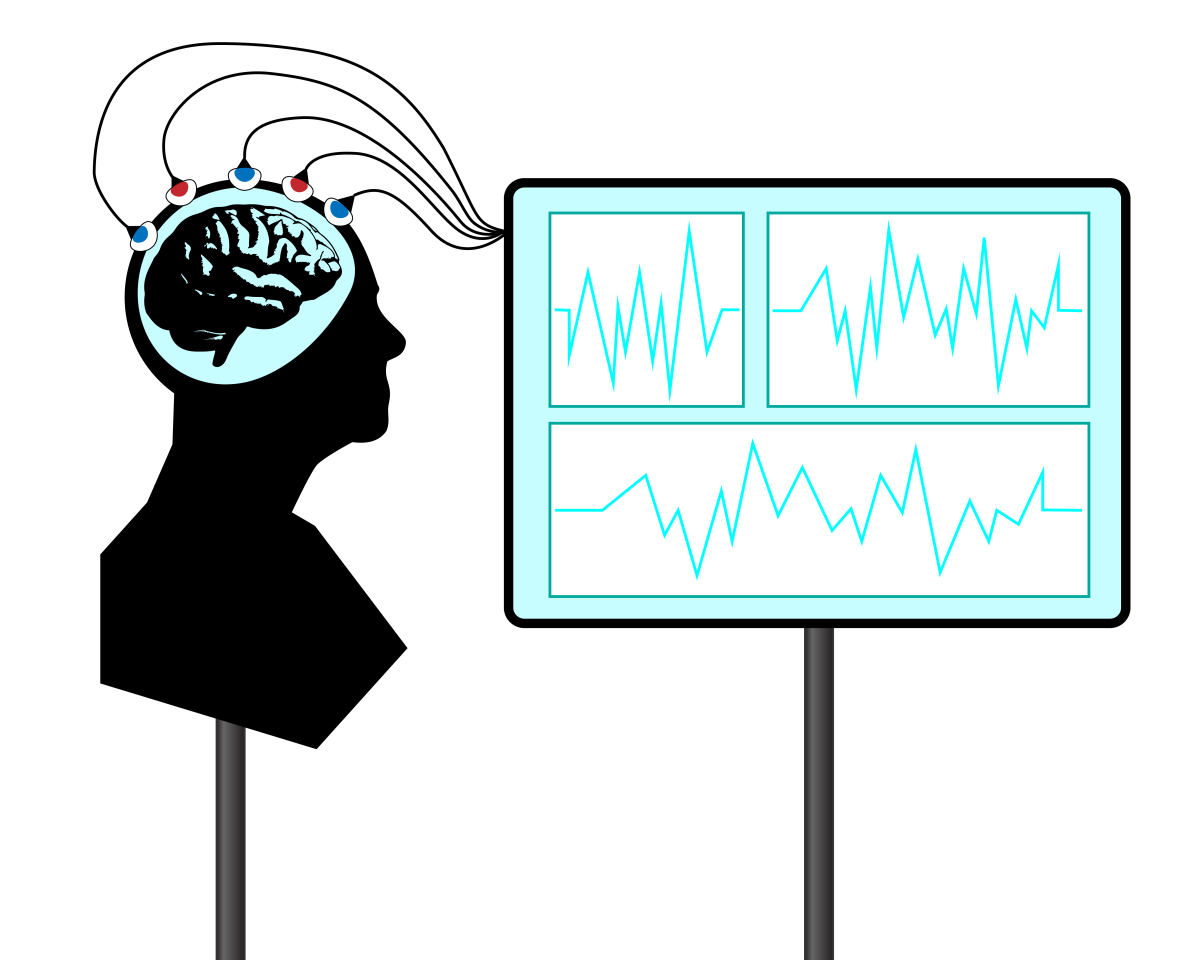Combining knowledge of the human brain and computing technologies, the Brain-Computer Interface and Neuroergonomics Lab is doing cutting-edge research that aids in rehabilitation, among other applications. Located on main campus in Daniels Hall, this lab explores the Health Systems Engineering pathway of Industrial and Systems Engineering.
Chang Soo Nam, professor in the Industrial and Systems Engineering department, describes one benefit of the research being done at the Brain-Computer Interface and Neuroergonomics Lab.
“There are many people who are totally paralyzed from disabilities like Lou Gehrig’s disease, or from brain damage,” Nam said. “Stephen Hawking is a good example. He was the smartest person in the world, but he [could not] move his muscles. The idea is that, what if we can understand the code in human thoughts, and then we can actually use that information to allow those people to interact within the world?”
According to their website, the research being done at the Brain-Computer Interface and Neuroergonomics Lab falls into five main categories: brain-computer interfaces, neurorehabilitation, neuroergonomics, trust in human-robot interaction and human-computer interactions.
“Brain-computer interface can be used to help improve the quality of life for people with severe disabilities as well as healthy people,” Nam said. “There are some cases where we don’t all want or we cannot use our inner body parts. BCI can be an additional channel to interact with the outside world.”
Liya Thomas, a second-year studying industrial and systems engineering, is a research assistant at the Brain-Computer Interface and Neuroergonomics Lab. After beginning the research in November 2018, Thomas said that her paper in collaboration with Nam is expected to be finished later this month.
“Right now, I’m contributing to a paper that essentially explains the fundamentals of neuroergonomics but focuses on one specific type of technology called functional near-infrared spectroscopy (fNIRS) technology,” Thomas said. “It’s very significant to the study of neuroergonomics because it is more mobile, smaller and more accommodating to studies that require motion and action. You need to be able to track movement and still pick up on brain waves.”
Thomas said her research experience has allowed her to see the way in which neuroergonomics “fills in the gaps” in the separate, yet extensively researched fields of neurology and ergonomics. She encourages other undergraduate students to seek research opportunities for a better understanding of a field or concentration.
“Typically, what would be used is a functional magnetic resonance imaging (fMRI) machine. [fNIRS] is able to track your movements as they’re happening, as opposed to where you would have to do a task and then get into an fMRI machine.”
According to Nam, the research being done at the Brain-Computer Interface and Neuroergonomics Lab benefits many disciplines. He said fields ranging from politics to marketing have started to adopt the principles of brain research.
“We have been studying human cognition and behavior from the traditional perspectives, including physical performance and cognitive imperception,” Nam said. “The new research direction is looking into the human brain… If we have certain information, like brain activity, in addition to traditional measures, then we can be in a better position to better understand human cognition and human behavior.”








